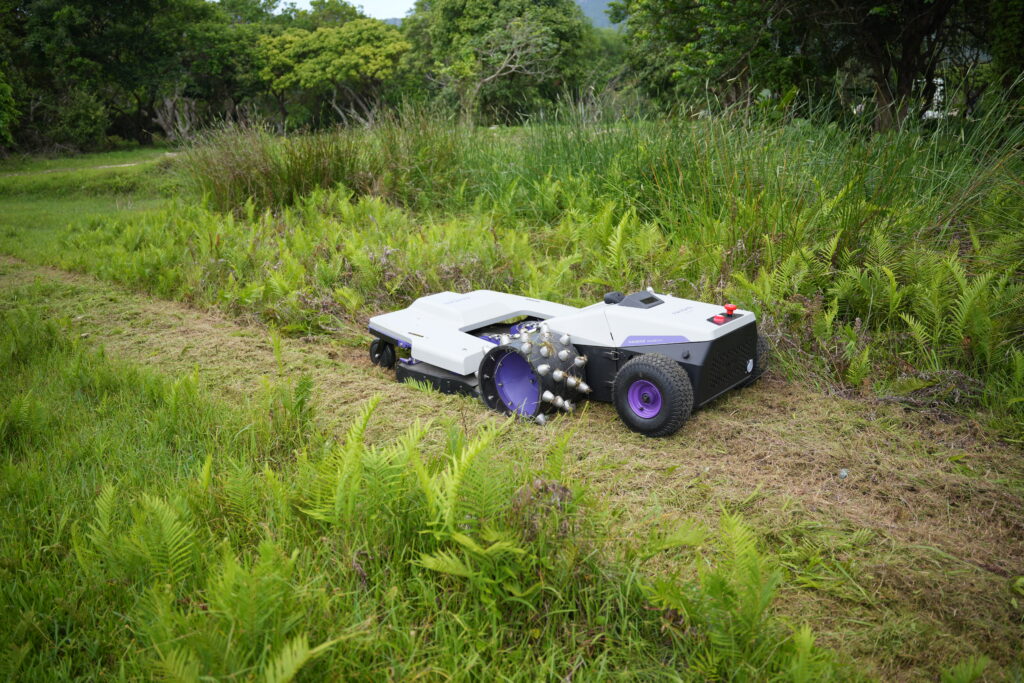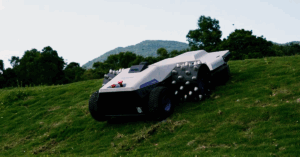
Introduction: The Challenge of Mowing Slopes and Wet Ground
Maintaining lawns on hilly, uneven, or damp terrain presents unique challenges. Traditional mowers can slip, stall, or deliver uneven cuts when faced with moisture or incline. In this guide, we explore what makes a lawn mower suitable for difficult landscapes and how to choose the right machine for reliable, safe, and effective mowing in 2025 and beyond.
Key Features to Consider for Difficult Terrain
1. Traction & Wheel Engineering
Strong grip is essential for slopes and wet patches. Look for:
- Wide or deep-tread wheels for better ground contact
- Rear-wheel or all-wheel drive for improved propulsion
- Heavy-duty wheel materials that resist slipping on wet grass
2. Hill-Handling Capability
Not all mowers are designed for inclines. Models with:
- Balanced weight distribution
- Low center of gravity
- Climbing capabilities (measured in ° slope or % grade)
are better suited for sloped terrain.
3. Water-Resistant Design
For wet or muddy conditions, durability is key. Ideal mowers feature:
- IP-rated or sealed electronic components
- Corrosion-resistant decks
- Weatherproof battery enclosures or covers
4. Motor Strength & Stability
Whether gas-powered or electric, consistent torque is essential to cut dense, wet grass evenly. Brushless electric motors offer:
- High efficiency
- Low maintenance
- Instant torque even in tough mowing conditions
Modular & Robotic Mowers: The Future of Challenging Terrain
In 2025, fully electric, modular robotic mowers are pushing the boundaries of what’s possible in landscape maintenance. For large-scale or commercial properties, advanced models can now:
- Conquer slopes up to 40°
- Navigate rough patches autonomously via GPS or smart sensors
- Allow users to swap functional modules for various tasks — from cutting to mulching to brush clearing
- Operate quietly, emission-free, and with reduced manual supervision
These next-generation machines offer enhanced safety, labor savings, and eco-friendliness, particularly when managing parks, vineyards, or corporate grounds with uneven surfaces.
Choosing the Right Mower: Residential vs. Commercial Needs
| Use Case | Recommended Features |
|---|---|
| Small-to-mid residential lawns | Lightweight, self-propelled, splash-resistant |
| Steep or multi-level gardens | Rear/all-wheel drive, enhanced climbing motor, traction tires |
| Large wet fields or estates | High battery capacity, sealed decks, stable chassis |
| Commercial landscaping | Modular systems, robotic control, slope handling over 35°, low maintenance |
Sample Use Case: Modular Mower for All Terrain
PANDAG G1 Electric Mower (Example Use Case)
A new generation modular robotic mower engineered for:
- Slopes up to 40°
- Autonomous navigation
- Multi-purpose functionality via attachable modules
- 100% electric operation with long battery life
- Eco-friendly maintenance with silent operation
While exact features may vary by region or model, such systems exemplify the cutting edge of all-terrain landscaping equipment in 2025.
Final Tips for Buyers
- Don’t underestimate slope angle: Even mild hills can strain traditional mowers.
- Check water resistance if your region receives frequent rain or morning dew.
- Think long-term: A mower that handles challenging terrain now will prevent maintenance issues later.
- Evaluate your terrain honestly: Walk the property and assess grade, softness, and grass density.
